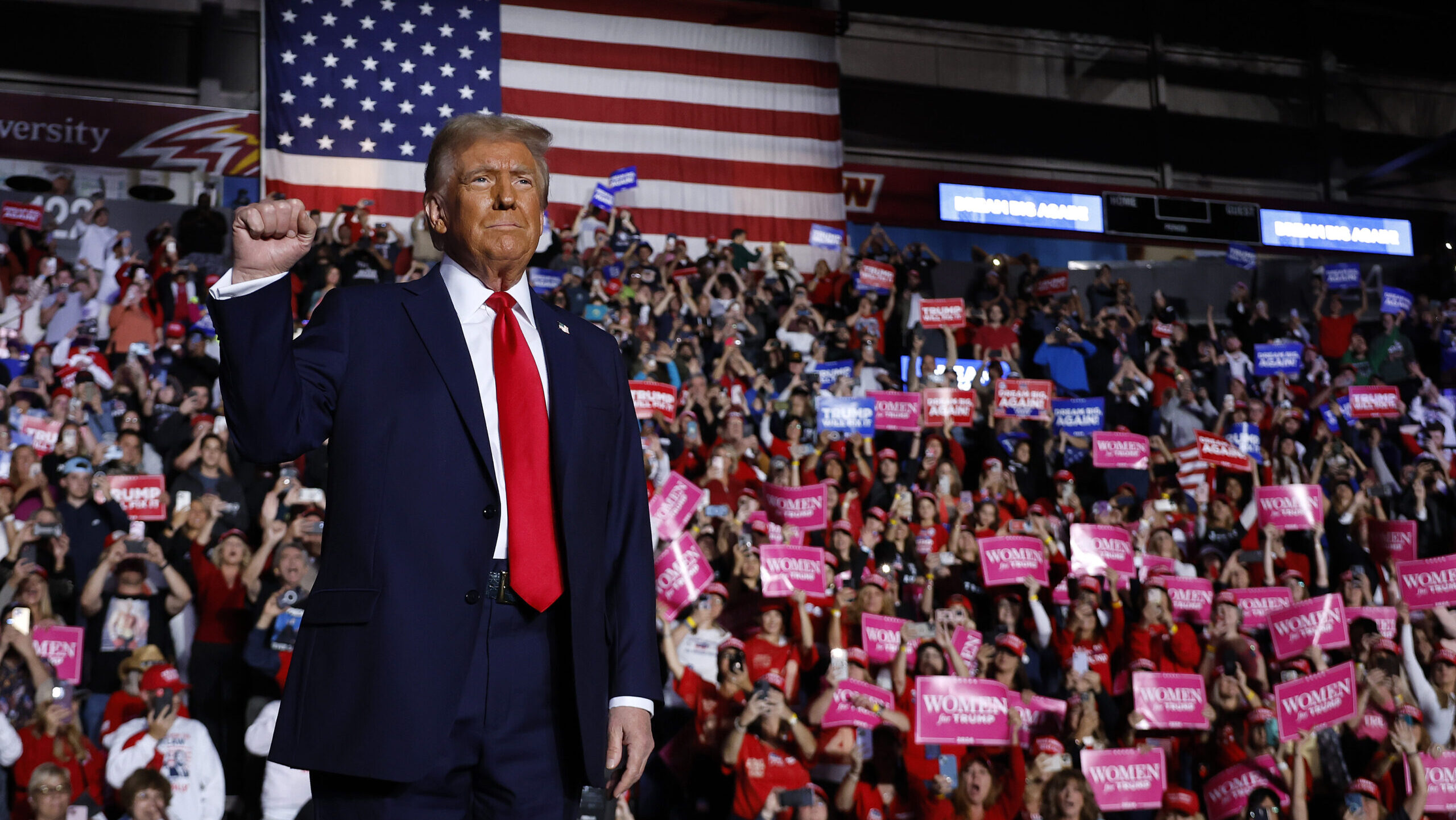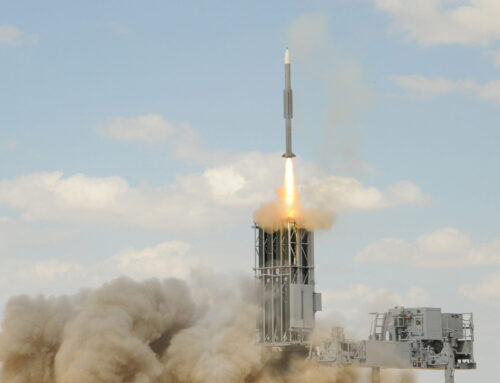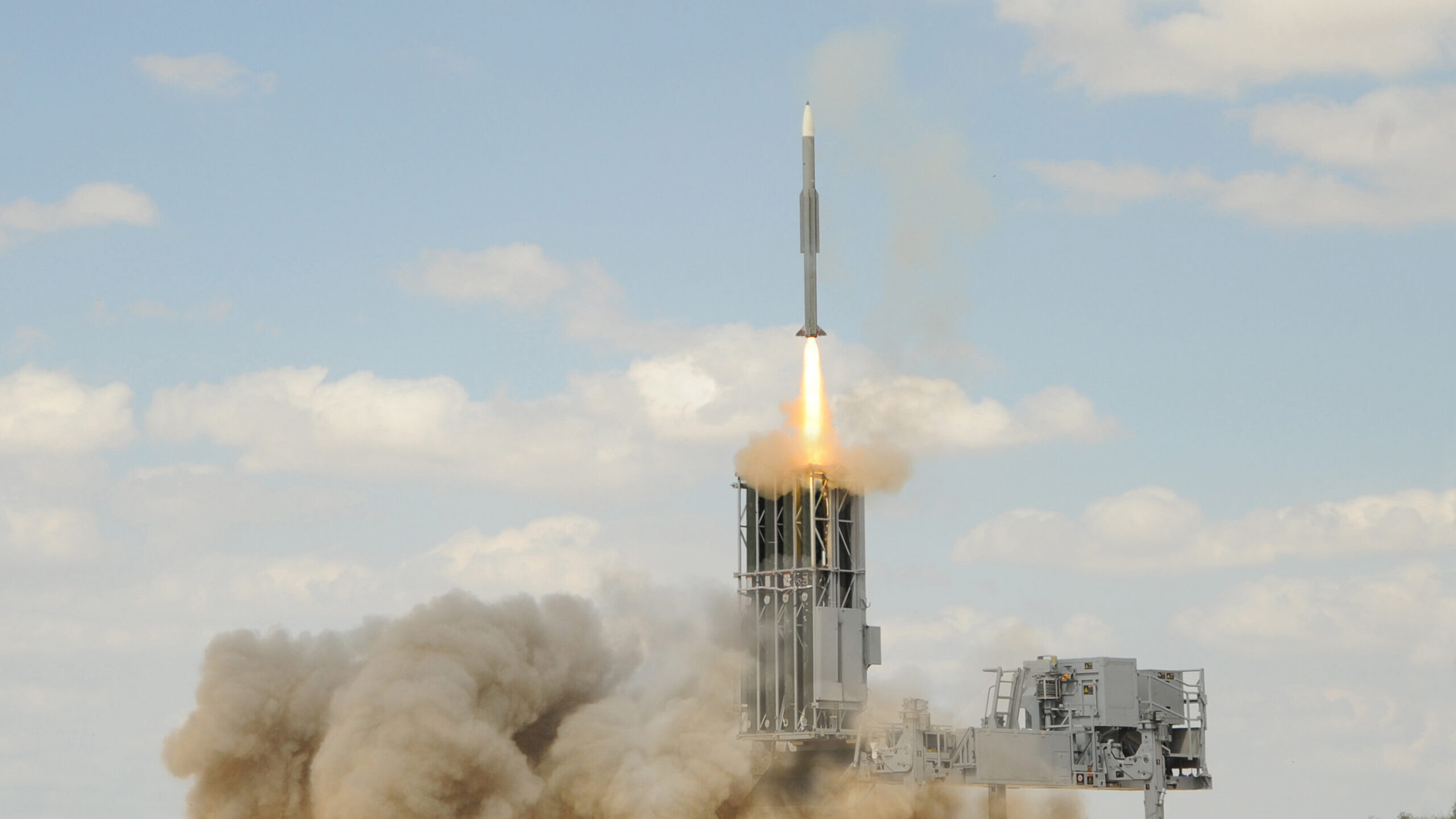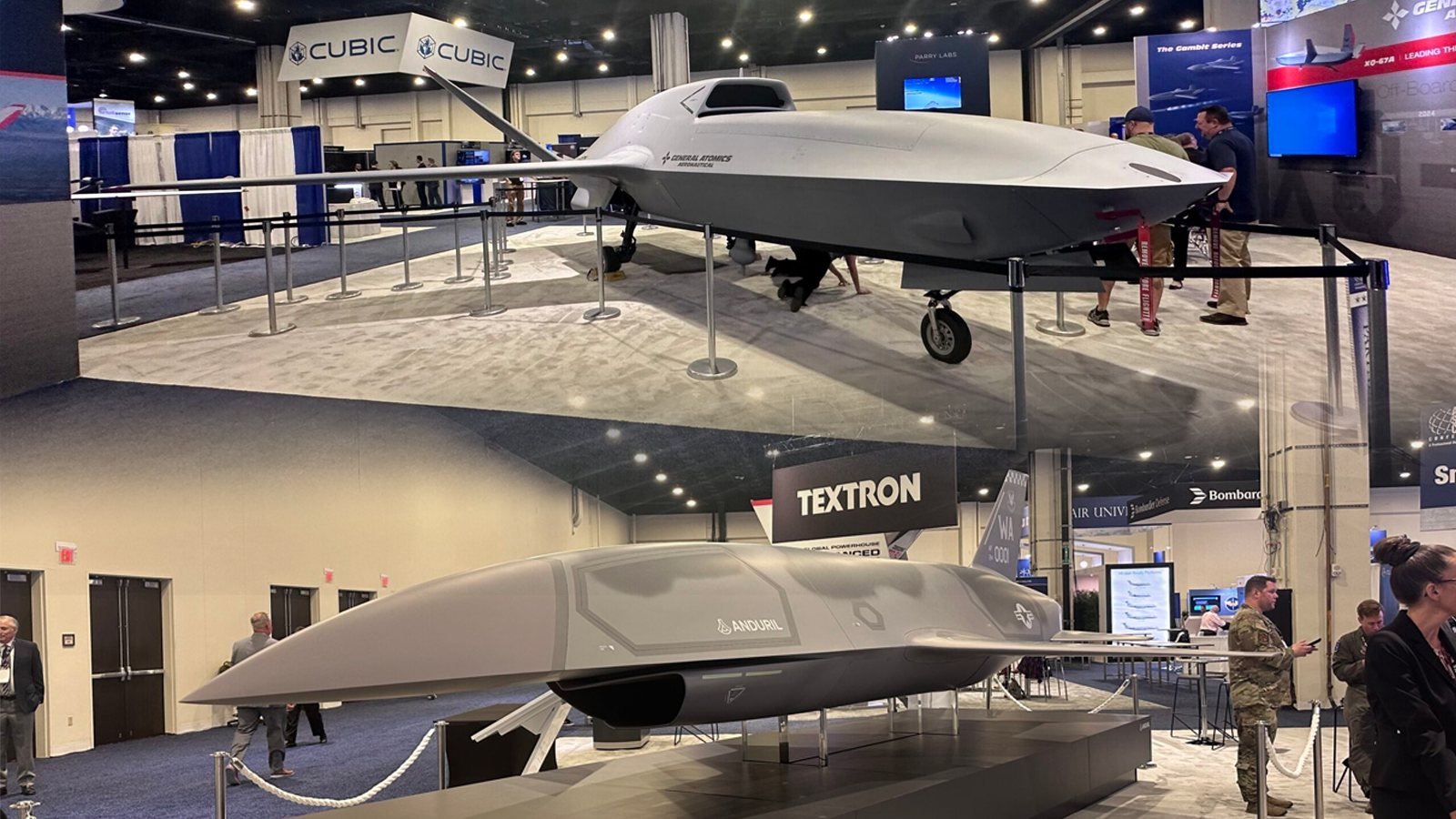Republican presidential nominee, former President Donald Trump takes the stage during a campaign rally at the Santander Arena on November 04, 2024 in Reading, Pennsylvania. (Chip Somodevilla/Getty Images)
EDITOR’S NOTE: A version of this story was published last week. With Donald Trump’s victory in Tuesday’s election, we are republishing with updated commentary.
WASHINGTON — A second Donald Trump administration will likely bring unpredictability in defense spending, but the final makeup of Congress will help drive the ultimate final number for the defense budget, analysts tell Breaking Defense.
Trump’s win over Vice President Kamala Harris is coming hand in hand with a takeover of the Senate. The House remains undecided, but even if Democrats take over the lower chamber, it seems likely to be with a razor thin edge.
“We have a [wide] range of uncertainty when it comes to Trump,” Todd Harrison, a defense budget expert with the American Enterprise Institute, said ahead of the election. “Under Trump, we could see a huge shift in strategy to become much more isolationist, which could end up bringing major changes in the defense budget and a drastic reduction in force structure.”
At the same time, Harrison added, “the makeup of Congress, and specifically the makeup of the House, I think will actually matter much more to the future of the defense budget than whoever the president is.”
In a note to investors this morning, Roman Schweizer, a defense analyst with TD Cowen, said the budget outlook for national security is still to be determined.
However, he added that the “first 100 days of the new Trump Administration could represent a major reset in foreign policy and defense spending,” with a Trump Pentagon likely positive for space, shipbuilding, missile defense and defense startups.
Meanwhile, recent public comments by industry executives suggest they’re confident the demand signal for their products will remain strong.
For Trump, Uncertainties And International Skepticism
The Republican platform includes a promise to “prevent World War Three, restore peace in Europe and in the Middle East, and build a great Iron Dome missile defense shield over our entire country.” Throughout the campaign trail, Trump reiterated those statements, potentially setting the stage for greater missile defense investments.
At the same time, he has questioned whether the US should remain in NATO, a longtime point of skepticism for the former president, who has hammered alliance members for failing to live up to the 2 percent GDP commitment for defense spending.
Trump has also signaled that he would oppose further military aid for Ukraine unless it enters peace talks, and stated in September that Ukraine should have made “concessions” to Russia to avoid war, according to the Associated Press.
RELATED: How US election might impact stalled Saudi-Israeli normalization, arms sales to Gulf
During an end of campaign rally at Madison Square Garden, Trump said he would strengthen and modernize the military, reiterating an old 2020 claim that he had “rebuilt our military in total.”
But Harrison said those comments are somewhat contradictory, leaving it unclear how much defense funding Trump believes is actually needed.
“If you’ve got all new equipment, why do you need to procure anything else?” Harrison said. “Of course, it’s laughably untrue what he said. But what if he actually believes it?”
While Trump’s first term brought rising budgets and a renewed focus on China to the Pentagon, Trump himself was sometimes a turbulent influence on the department, with moments that included personally involving himself in contract negotiations for the F-35 and Air Force One, and unilaterally promising to cut the defense budget, only to reverse course and boost the budget after meeting with key defense leaders.
That volatility makes it hard to know whether Trump is serious when he talks about leaving NATO or signaling that he could revoke support for Ukraine, analysts said.
“Maybe none of this happens. That is one view that, ‘Oh, this is just rhetoric,’” Byron Callan of Capital Alpha Partners said ahead of the election. “But I think that there would be a pretty profound period of uncertainty until those answers are known.”
Robert Stallard, an aerospace and defense analyst with Vertical Research Partners, said that a more isolationist United States under Trump would likely support a continued trend for increased defense spending in Europe.
“It could also see a more ‘Buy European’ approach to procurement. Other parts of the world lack this domestic option, and so we could see continue strong demand for US defense exports,” Stallard said in a note to investors this morning.
He added that there is also “a possibility” that Trump gets involved in “defense contracting minutia,’ as he did in his previous term.
Speaking to Breaking Defense before the election, Schweizer was optimistic about defense investments under a Trump presidency, characterizing the Republican platform as “very supportive of defense.”
He added that prominent national security Republicans in Congress and within the administration would likely be supportive of increasing the base budget, though they may be less likely to approve supplemental spending like the foreign aid bill passed last spring, which approved additional funds for Ukraine, Israel, Taiwan and key US defense industrial base priorities.
However, even if the Trump administration is broadly supportive of defense spending, other campaign priorities could have negative impacts on the defense industry, Callan said. For instance, plans to enact a 20 percent tariff on all imported goods could result in financial pressure on defense contracts.
Another complication could be the potential creation of a new organization, the Department of Government Efficiency, centered on reducing federal spending, Callan said. Trump has said he would tap SpaceX founder Elon Musk to lead the new department, and Musk said last week he believed he could cut at least $2 trillion from the $7.3 trillion federal budget requested for FY25.
“When you start hearing those numbers get thrown around, it’s like, if you think defense is going to be rising with a $2 trillion cut, it’s not going to happen,” Callan said. “Not that I think a $2 trillion cut is likely, but just this period of uncertainty about, well, what’s going to happen?”
Ahead of the election, Schweizer said the single best scenario for defense contractors is a Harris win, coupled with a Democratic House and Republican Senate. That permutation of what he called the “congressional Rubik’s cube” couples Harris’s likely support for Ukraine and Israel with a pro-defense Senate and — most importantly — a House where the far-right Freedom Caucus would have little power to stymie military aid for supplemental spending, he said.
The worst-case scenario, according to Harrison, is a narrow Republican majority in the House — something currently in play — “because the Freedom Caucus will continue to hold defense hostage to try to give more spending cuts overall,” he said.
Callan, in a Nov. 3 note to analysts, labeled a GOP sweep as the worst outcome for defense, noting that his view diverts sharply from other analysts who believe Republicans would serve up tax cuts and a larger defense budget. Callan disagreed, positing that tax cuts could drive up the federal deficit, potentially “cast[ing]t a larger cloud over U.S. fiscal capacity for defense.”
‘Trading On Results’
Although defense companies announced third quarter results in late October, just a couple weeks before Election Day, the subject of the next president largely flew under the radar during earnings calls with investors.
“Right now, the stocks are really trading on results,” Callan said. “They don’t appear to be looking beyond results and into election scenarios.”
Even when pressed, executives haven’t drawn a distinction between how a Harris or Trump presidency could impact defense spending — at least not publicly.
Northrop Grumman CEO Kathy Warden said she didn’t expect a “significant difference” in defense spending between a Trump or Harris administration during an earnings call last month.
“What we have seen over time is that the defense budget more reflects the threat environment than any particular administration change, and so we fully expect that again, this time,” she said. “The national defense strategy has remained consistent over the past several years, in the last couple of administrations, and we believe that’s because it is responsive to the emerging threats around the globe and focused on both deterring and defending. And in that regard, it’s well aligned to the program portfolio that Northrop Grumman has.”
Similar sentiments have been shared by Frank St. John, Lockheed Martin’s chief operating officer. During an August interview with Breaking Defense, St. John said that the Pentagon is experiencing “a flat or a declining real purchasing power” relative to inflation, but added that it was too early to say how defense budget toplines could shape up over the next couple years.
“With regards to the election, we think that deterrence and deterrence capabilities are an enduring theme, regardless of which party is in the executive branch or who’s in control of Congress,” he said. “And so we think our programs are well supported in the budget, and we’re looking forward to working with whatever the new administration looks like.”
Other defense executives pointed to the uncertain political environment as a factor underlying more conservative projections about how business could fare in 2025 and beyond.
Speaking to investors during an Oct. 19 earnings call, Leidos Chief Financial Officer Chris Cage said the company sees “growth momentum” in its defense unit but wants to be “cautious” about giving more exact financial guidance for 2025 until there is greater certainty on the outcome of the election and ongoing FY25 budget process.
“You look at the backdrop, we’re clearly in an election year. There is a risk of … an extended CR and some disruption,” he said. “If we get more clarity in the several months ahead, we’ll be in a better position to refine that point of view going into the early part of next year.”











